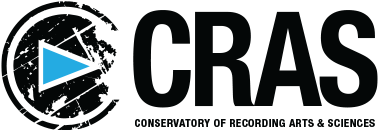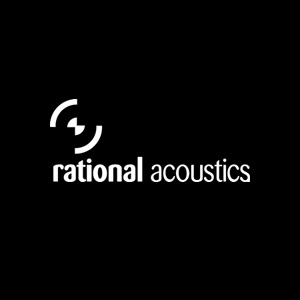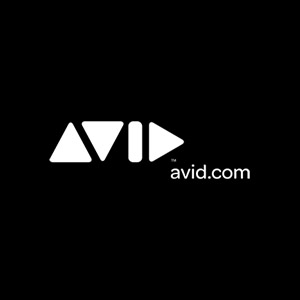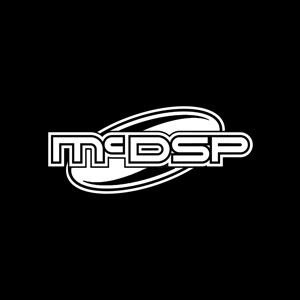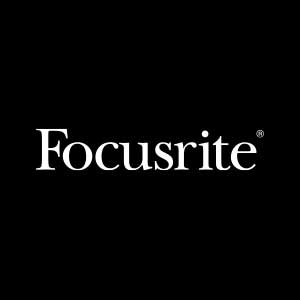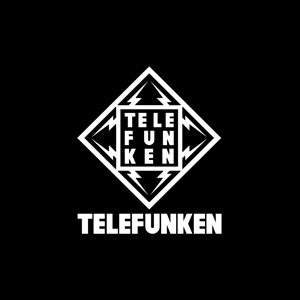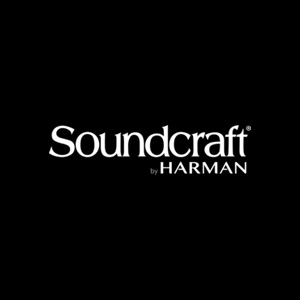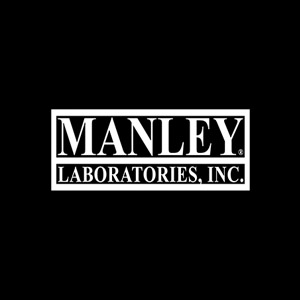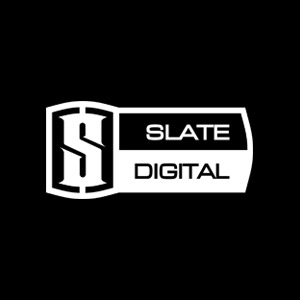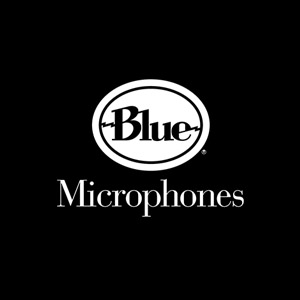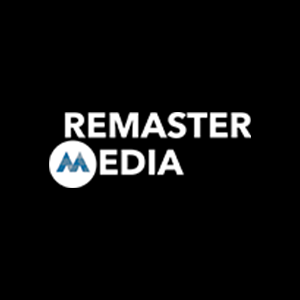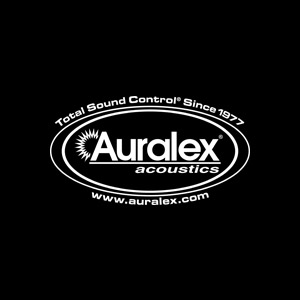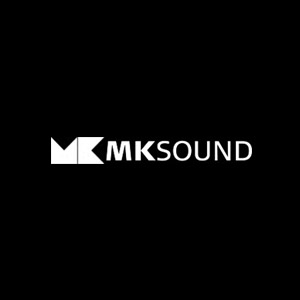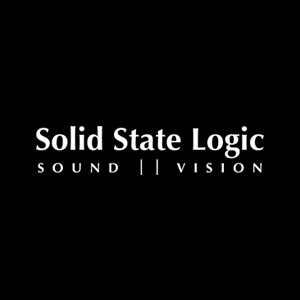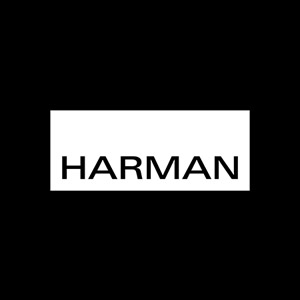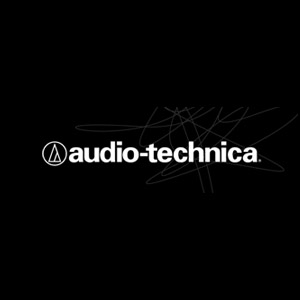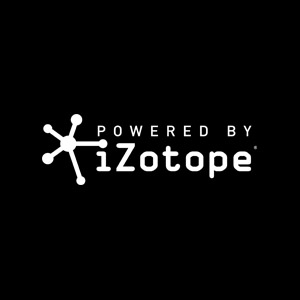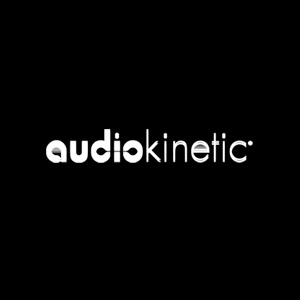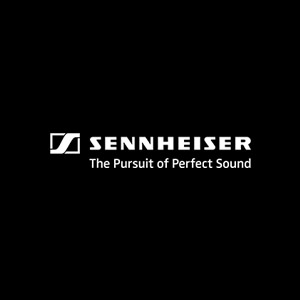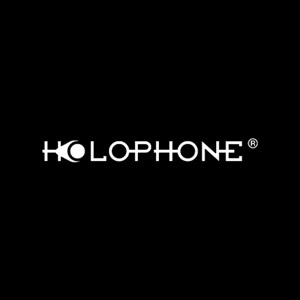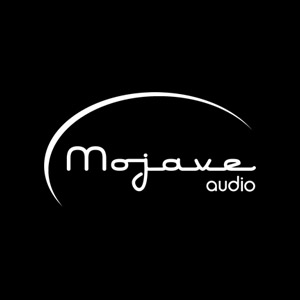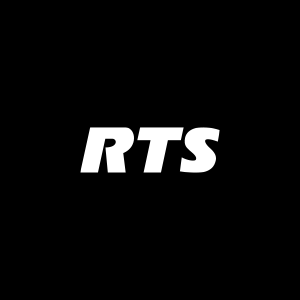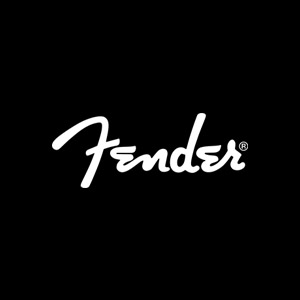How to Produce Music (For Beginners at home, to Professional Training)
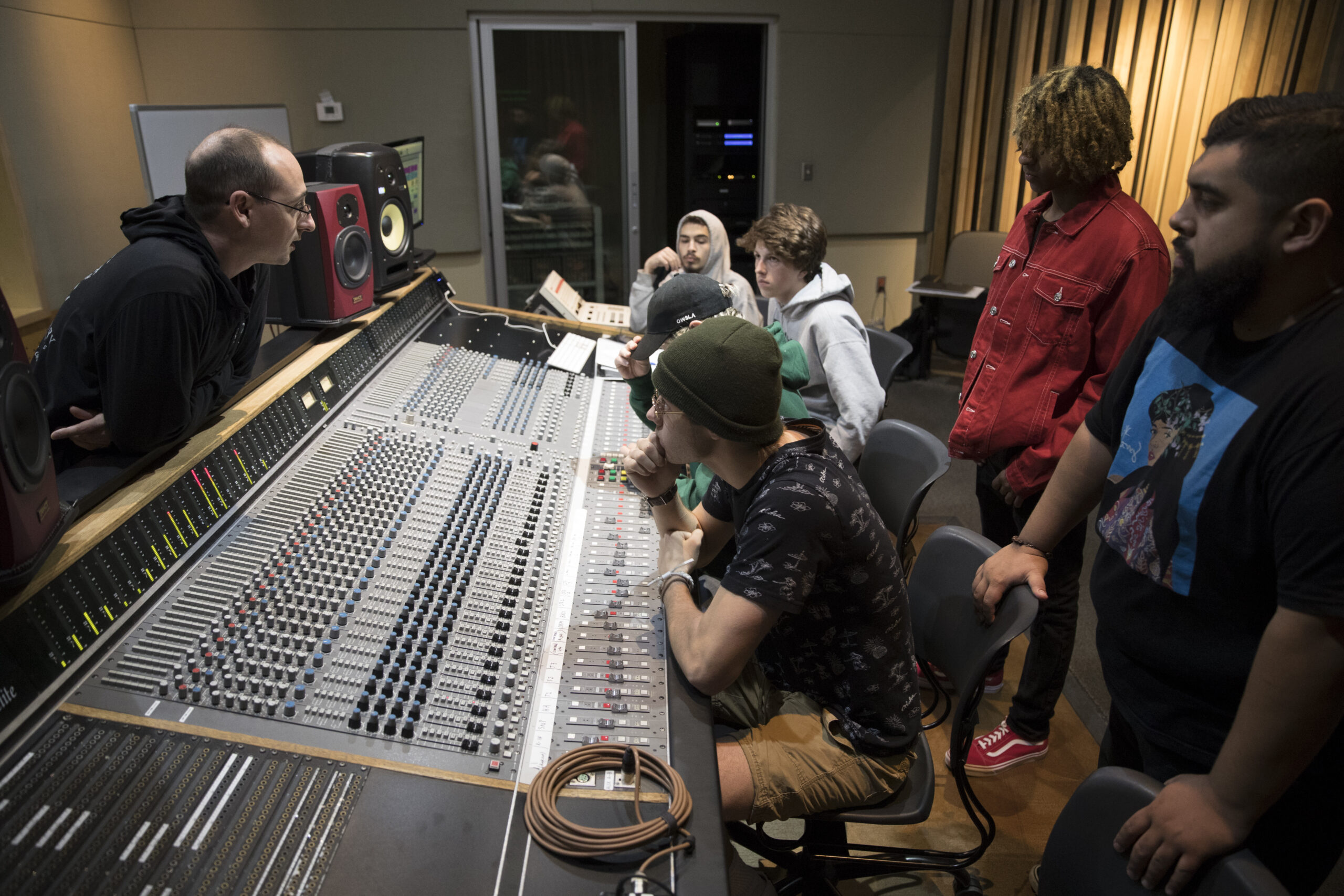
In just 11 months, you’ll have the skills, hands-on training, and real-world experience to launch your audio engineering or music production career the day you graduate.
And with our fast-track to graduation, launching your career won’t leave you buried in debt.
For decades now, there has been a cultural division in music production: loops/samples v. real instruments. Before this turns into a debate, let’s agree that music, in general, has benefitted from both sources. More so, most recently, the line has been blurred with countless examples of both sources being incorporated in countless hits. That being said, let’s explore this horizon!
At the onset of music production, which is to say the recording and distribution of original music to the masses, all there was to capture was musicians in a room, with their instruments, being collected as “sound” by rudimentary recording technologies. Hard to imagine, but there was once a time that large orchestras, and even “pop” artists of the day, were being recorded by one single microphone, strategically placed to capture all of the song’s elements, to a very basic single track recorder.
As the need of the “music business” changed to supply more music to more listeners, advances in the environments changed, morphing into properly designed “recording studios.” That forced advancement in the technology, and techniques, of the microphones, consoles, recorders, and peripheral gear (ex. Dynamics processors and Time Based processors). And for many years, that was the recipe: Large recording spaces, large consoles, many discreet microphones capturing many distinct instruments.
Being that there was now the need to control many “tracks,” the process of MIXING was born. Yes, sitting in an acoustically controlled environment, creating a musical balance of all captured sounds, in hopes of creating a product that could be enjoyed by listeners, on a large scale.
Soon after, the advent of an ALBUM was born: a collection of songs that have each been through the previously described process, to create one product that consumers can enjoy, at their leisure. Since then, countless styles of music have been “produced,” utilizing the same process.
However, during the 60’s-70’s, the “studio” saw a massive swing in ability. The birth of DIGITAL technology was born, and we now had the ability of taking an ANALOG signal, converting it to a DIGITAL algorithm, processing it to satisfy our musical desires, reconverting it back to ANALOG, and placing it back into the “mix.” This advent created somewhat of a “race,” and engineers and manufacturers celebrated a boom in the industry, being able to create only once imagined sounds!
The late 70’s found some experimental artists taking their favorite “drum grooves” from records, recording a “sample” of that groove, looping that groove, and creating a “beat” for an entirely new musical production. Since then, the musical landscape has exploded with experimental people taking countless sounds, much less drum grooves, and creating fantastic music!
And as cyclical as the industry has been since then, bouncing from “beat” driven production to “real music” production and back and forth, an entire new musical culture has been born! That’s right… there’s a whole music production mindset that exists where “beats” and real musical instrumentation happily co-exist within one song! And MANY SUCCESSFUL songs, to be clear.
Let’s take YOU, for example. Yes, YOU. Chances are, YOU are from the “computer” generation, and digital manipulation has become an ingrained process in your life. No need for a typewriter when you have a word processor, right? Right from the start, you’ve probably had access to GarageBand, Logic, or FL Studios. Little did you know it then, but those are DAWs… Digital Audio Workstations! In your hands, you had a potent software that would allow you to take “sounds” from that software’s “libraries,” cut and paste them any way you wanted them arranged, and, without knowing it, YOU were becoming a PRODUCER, although on just a surface level!
YOU probably became enticed to do more, hear more, create more, PRODUCE MORE, so you probably have explored other DAWs, checked out other “libraries,” studied countless “how to” videos, and for as much as you’ve accomplished… you’re probably needing more. You’ve probably come to the realization that your beat could benefit from a real bassline, or a catchy vocal, so you’ve started exploring how to capture “real” instruments to add to your beat. That means that you’ve started looking into audio interfaces, microphones, monitors, and before you know it, you’ll be wanting a production facility of your own… your own little “studio,” right?
YOU have found yourself in that place… that place where beats and basses have to live together. YOU found yourself in that place where THIS is all you want to do. Well, I’m writing to YOU from that place, The Conservatory of Recording Arts and Sciences (CRAS).
CRAS’ hallways are filled with people JUST LIKE YOU: people that have an artistic bend to them that love working with any kind of technology it takes to perfect the sounds that clients are looking for!
For 30+ years, CRAS has trained people just like YOU to have the skillset to work in any discipline of the Professional Audio Industry. From Music Production to Video Game Audio, from Post Production (movie sound) to Broadcast Audio, all the way to Live Sound Reinforcement, CRAS HAS YOU COVERED.
In 36 weeks, inside 13 world class recording studios with award winning Instructors, CRAS students are trained to enter the Audio Industry as an entry level Audio Engineer. And CRAS handles your “entry” into the Industry with our 280 Hour Internship, at a facility of your choosing, to help you spearhead your career in whatever direction YOU CHOOSE!
You’ve already spent countless hours wishing you could do this forever. NOW IS YOUR CHANCE TO ACTUALLY DO THIS FOREVER!
